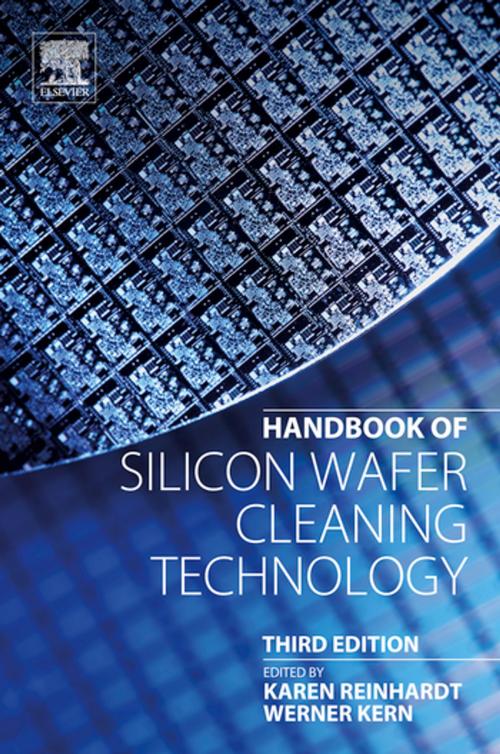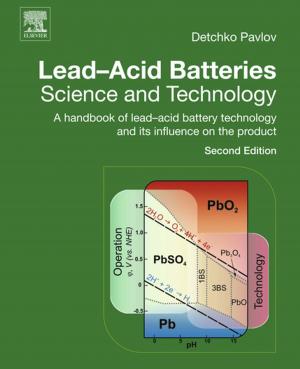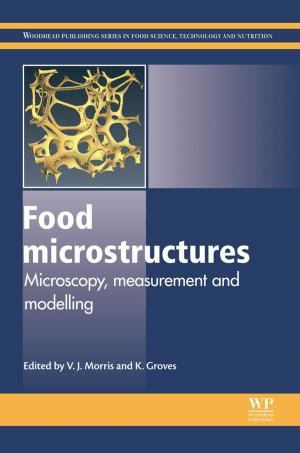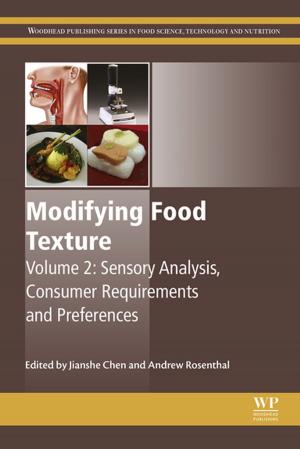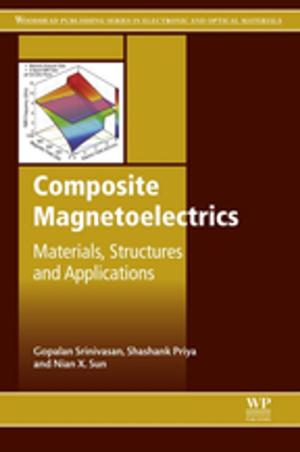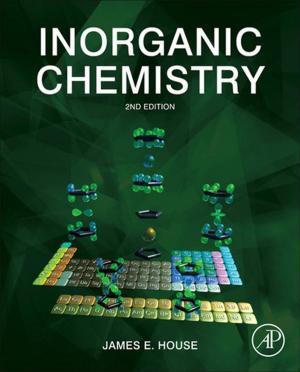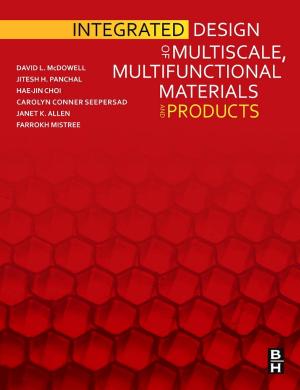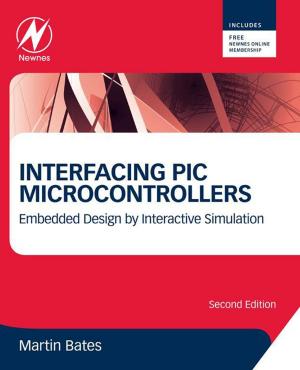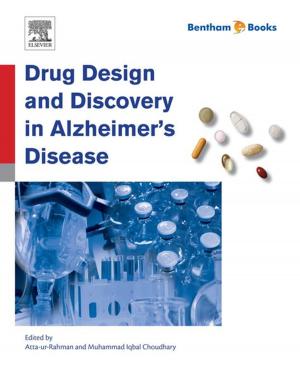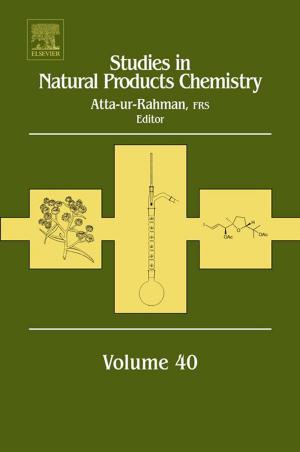Handbook of Silicon Wafer Cleaning Technology
Nonfiction, Science & Nature, Technology, Electronics, Semiconductors, Material Science| Author: | ISBN: | 9780323510851 | |
| Publisher: | Elsevier Science | Publication: | March 16, 2018 |
| Imprint: | William Andrew | Language: | English |
| Author: | |
| ISBN: | 9780323510851 |
| Publisher: | Elsevier Science |
| Publication: | March 16, 2018 |
| Imprint: | William Andrew |
| Language: | English |
Handbook of Silicon Wafer Cleaning Technology, Third Edition, provides an in-depth discussion of cleaning, etching and surface conditioning for semiconductor applications. The fundamental physics and chemistry associated with wet and plasma processing are reviewed, including surface and colloidal aspects. This revised edition includes the developments of the last ten years to accommodate a continually involving industry, addressing new technologies and materials, such as germanium and III-V compound semiconductors, and reviewing the various techniques and methods for cleaning and surface conditioning. Chapters include numerous examples of cleaning technique and their results.
The book helps the reader understand the process they are using for their cleaning application and why the selected process works. For example, discussion of the mechanism and physics of contamination, metal, particle and organic includes information on particle removal, metal passivation, hydrogen-terminated silicon and other processes that engineers experience in their working environment. In addition, the handbook assists the reader in understanding analytical methods for evaluating contamination.
The book is arranged in an order that segments the various cleaning techniques, aqueous and dry processing. Sections include theory, chemistry and physics first, then go into detail for the various methods of cleaning, specifically particle removal and metal removal, amongst others.
- Focuses on cleaning techniques including wet, plasma and other surface conditioning techniques used to manufacture integrated circuits
- Reliable reference for anyone that manufactures integrated circuits or supplies the semiconductor and microelectronics industries
- Covers processes and equipment, as well as new materials and changes required for the surface conditioning process
Handbook of Silicon Wafer Cleaning Technology, Third Edition, provides an in-depth discussion of cleaning, etching and surface conditioning for semiconductor applications. The fundamental physics and chemistry associated with wet and plasma processing are reviewed, including surface and colloidal aspects. This revised edition includes the developments of the last ten years to accommodate a continually involving industry, addressing new technologies and materials, such as germanium and III-V compound semiconductors, and reviewing the various techniques and methods for cleaning and surface conditioning. Chapters include numerous examples of cleaning technique and their results.
The book helps the reader understand the process they are using for their cleaning application and why the selected process works. For example, discussion of the mechanism and physics of contamination, metal, particle and organic includes information on particle removal, metal passivation, hydrogen-terminated silicon and other processes that engineers experience in their working environment. In addition, the handbook assists the reader in understanding analytical methods for evaluating contamination.
The book is arranged in an order that segments the various cleaning techniques, aqueous and dry processing. Sections include theory, chemistry and physics first, then go into detail for the various methods of cleaning, specifically particle removal and metal removal, amongst others.
- Focuses on cleaning techniques including wet, plasma and other surface conditioning techniques used to manufacture integrated circuits
- Reliable reference for anyone that manufactures integrated circuits or supplies the semiconductor and microelectronics industries
- Covers processes and equipment, as well as new materials and changes required for the surface conditioning process
